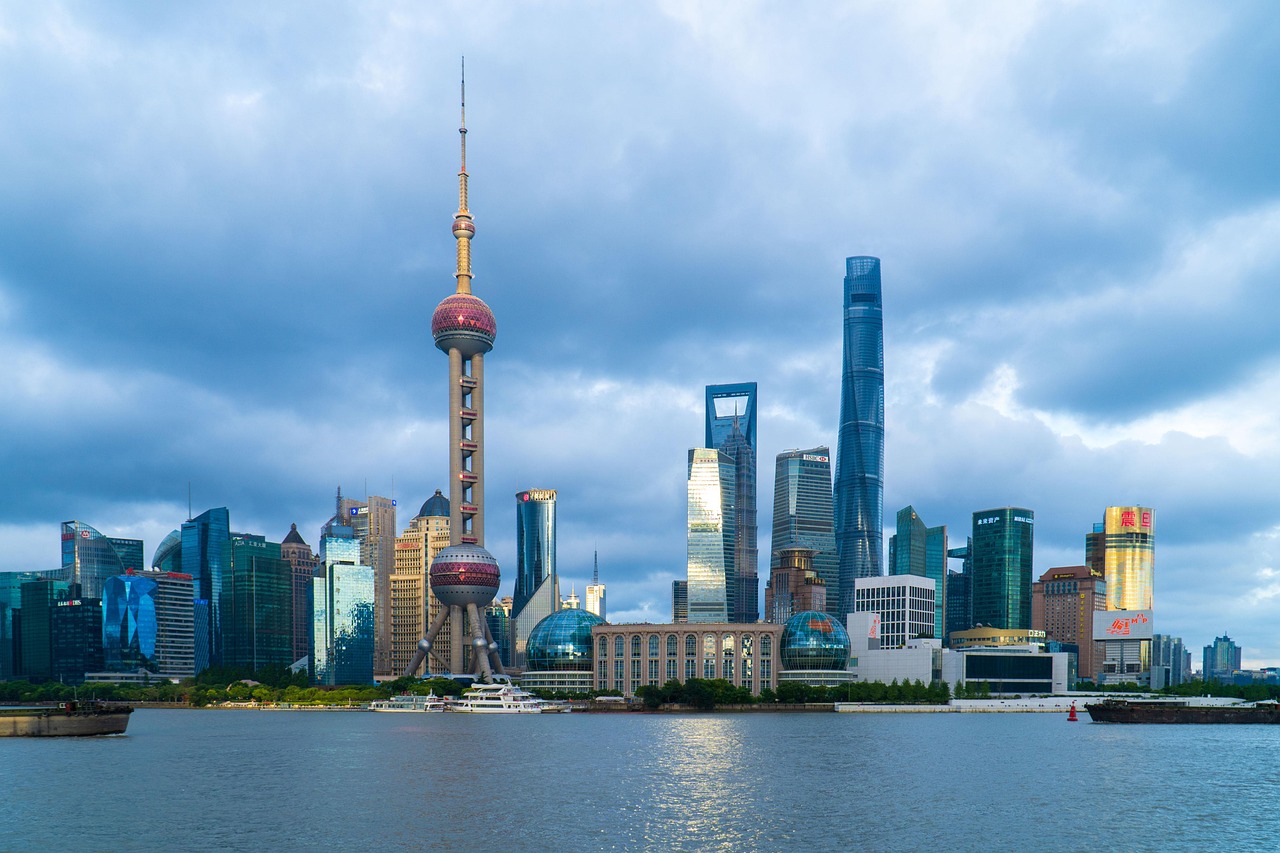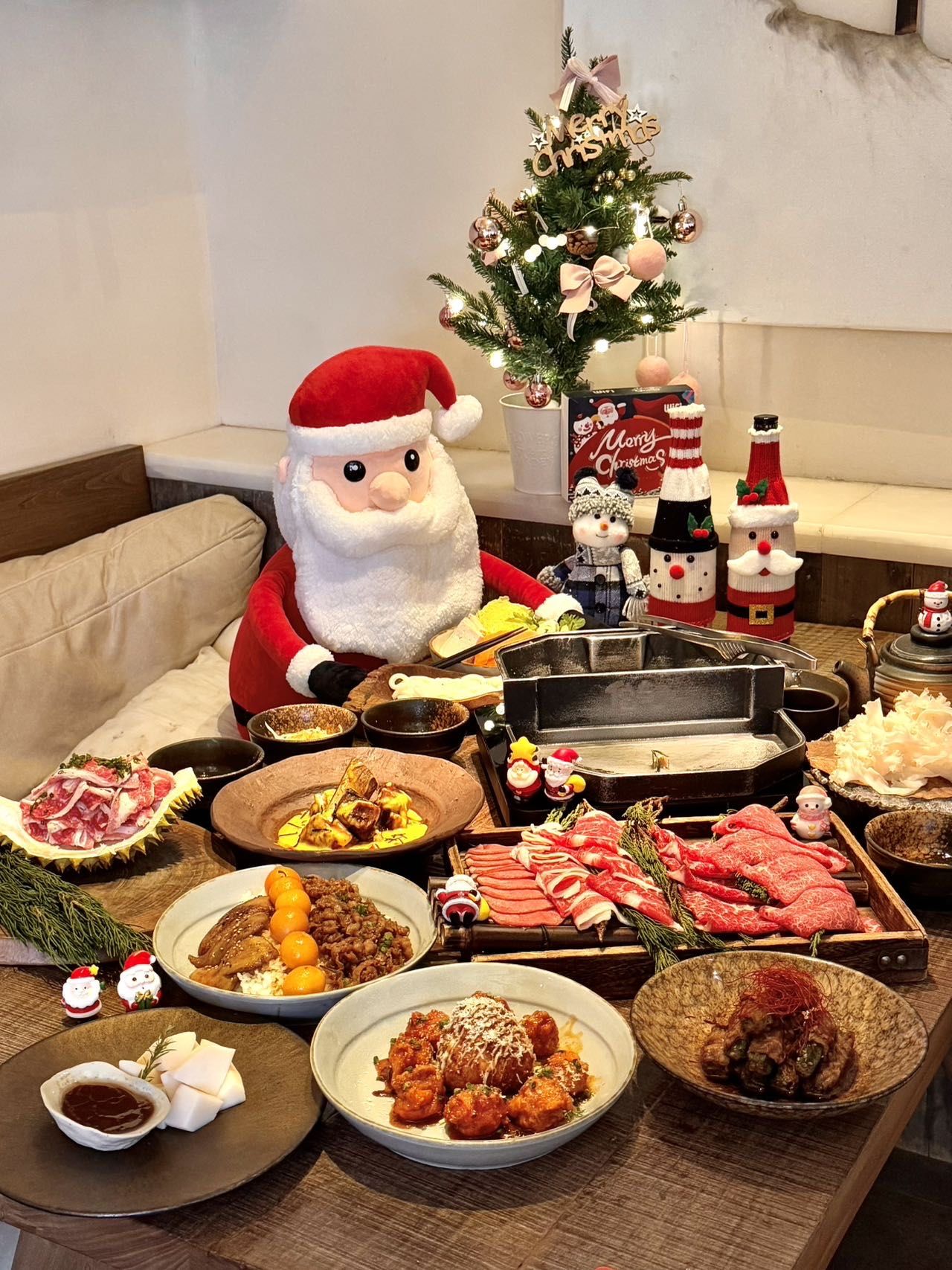Shanghai never really sits still. One corner feels like Paris with its plane trees and cafes, another feels like New York with skyscrapers that pierce the clouds. Ask locals about fun things to do in Shanghai China, and the answers are rarely the same. This is not a neat list, more a messy collection of places you stumble into and stories you carry away.
Fun Things to Do at Famous Spots
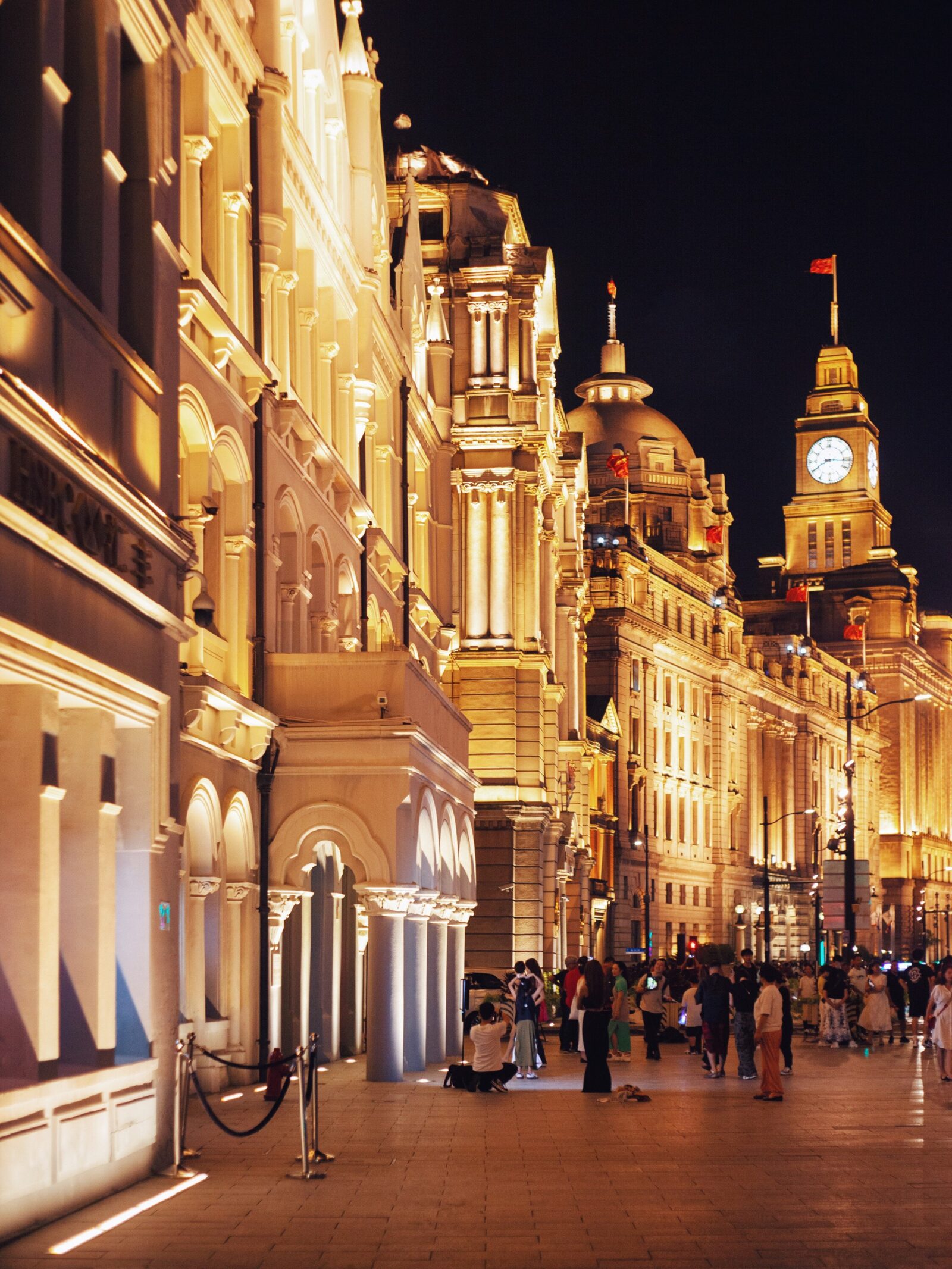
The Bund
The Bund & Huangpu River Nights in Shanghai
Everyone ends up here. The Bund, lined with European façades, stares across the river at the futuristic spikes of Lujiazui. It’s dramatic, like two eras locked in conversation. The wide boulevard feels formal in the morning, when joggers stretch and office workers rush by, but by afternoon it becomes a stage where the skyline plays backdrop to every photo.
Walk along the riverside promenade and you’ll notice couples taking wedding photos, elderly people strolling with radios playing soft music, and food vendors selling candied hawthorn skewers. Families gather near the railing to watch barges push slowly along the Huangpu, while children chase each other under the lampposts. The hum of conversation mixes with the constant horns of ferries, a soundtrack that feels unmistakably Shanghai.
At night, the glow can feel overwhelming, yet that’s exactly when river cruises (around ¥120) feel worth it. Neon lights from Pudong shimmer on the water, and you might hear tourists gasp as the skyline comes alive. Just don’t go on national holidays unless you like shuffling shoulder‑to‑shoulder. Even then, the energy is infectious — chaotic but unforgettable.
Yu Garden & Old Town Bazaar in Shanghai
Yu Garden is centuries old, yet the koi keep circling as if dynasties never ended. Tickets cost about ¥40, though in winter you might pay less. The entrance itself feels like a threshold back in time, where stone lions guard wooden gates and streams trickle under tiny bridges.
Inside the garden, carved stone dragons sit atop the walls, and tourists often gather at the zigzag bridge for photos. If you pause for a moment, you’ll hear tour guides explaining the symbolism of ponds and rockeries, while children toss crumbs to fish. The pavilions, with their curved roofs, catch the afternoon light in a way that makes the place feel painted rather than real.
Outside, stalls push “xiaolongbao” and sometimes funny translations like “little dragon buns.” The bazaar is noisy, colorful, and crowded with souvenir sellers. Step past it into back lanes — there’s always a teahouse with squeaky wooden chairs waiting, where locals sip jasmine tea and chat lazily. The contrast between the buzzing market and the calm of tea‑scented rooms is part of what makes this corner of Shanghai linger in your memory.
Want to see the zigzag bridge and koi ponds yourself? Check the Yu Garden Shanghai guide.
Oriental Pearl Tower & Lujiazui Skyline Views
The tower looks like a toy rocket, but standing on its glass floor at 260 meters, ¥199 feels justified. Below, yellow cabs trace lines through the city.
Queues are long during holidays, yet the views make you forget the wait. Around it, office workers duck into basement noodle stalls where ¥15 buys you a quick meal. It’s skyscraper flash mixed with humble comfort food — pure Shanghai.
Fun Things to Do for Culture & Hidden Corners
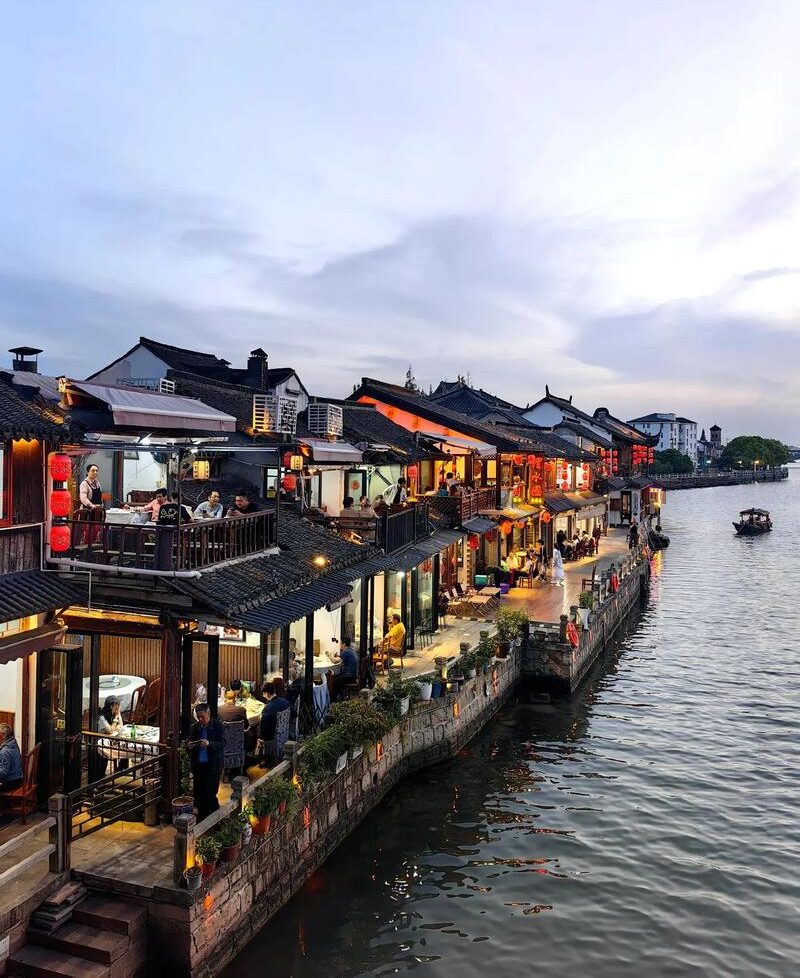
Zhujiajiao
Zhujiajiao – The So‑Called Venice of Shanghai
About 40km out, this water town still floats to its own rhythm. A boat ride (¥80–100) carries you under stone bridges while a boatman hums old songs. The canals are lined with old wooden houses, some leaning slightly as if tired but still standing proud. Morning mist clings to the water, and you might catch a fisherman tossing a net while chatting with neighbors on the bank.
You might see women selling river snails in bamboo baskets, or school kids chasing each other along stone alleys. Vendors fry up stinky tofu near arched bridges, the smoky scent drifting into narrow lanes. Tourists often pause for photos but locals just carry on, balancing baskets or cycling past with bags of vegetables strapped to the back. The place feels lived‑in rather than curated, which is part of its pull.
I once saw a barber trimming hair right by the canal, no stage, just everyday life. The customer sat on a wooden stool, hair falling into the water as boats passed by. That unpolished edge makes it real — not a polished attraction but a town still breathing its own story. If you slow down and wander away from the main street, you discover details that make Zhujiajiao unforgettable.
Tianzifang & French Concession Alleys
Tianzifang’s alleys cram cafes and tiny galleries where laundry flaps above. Around the French Concession, trees shade lanes that smell of fried dough in the morning and wine at night.
Shops sell quirky prints, handmade soaps, and second‑hand books. Guides love the cliché “old meets new,” but here it actually sinks in, especially when you hear Shanghainese elders chatting outside art studios.
People’s Park Matchmaking Corner & Local Markets
Saturdays, umbrellas bloom with parents’ handwritten ads for their single kids. Specs like height and blood type feel invasive, yet strangely moving.
Nearby, old men play cards under trees, while children chase bubbles blown by vendors. Walk a bit further, and wet markets clatter with live crabs. Bargain hard, or risk paying ¥50 for apples worth half.
Fun Things to Do with Food & Nightlife
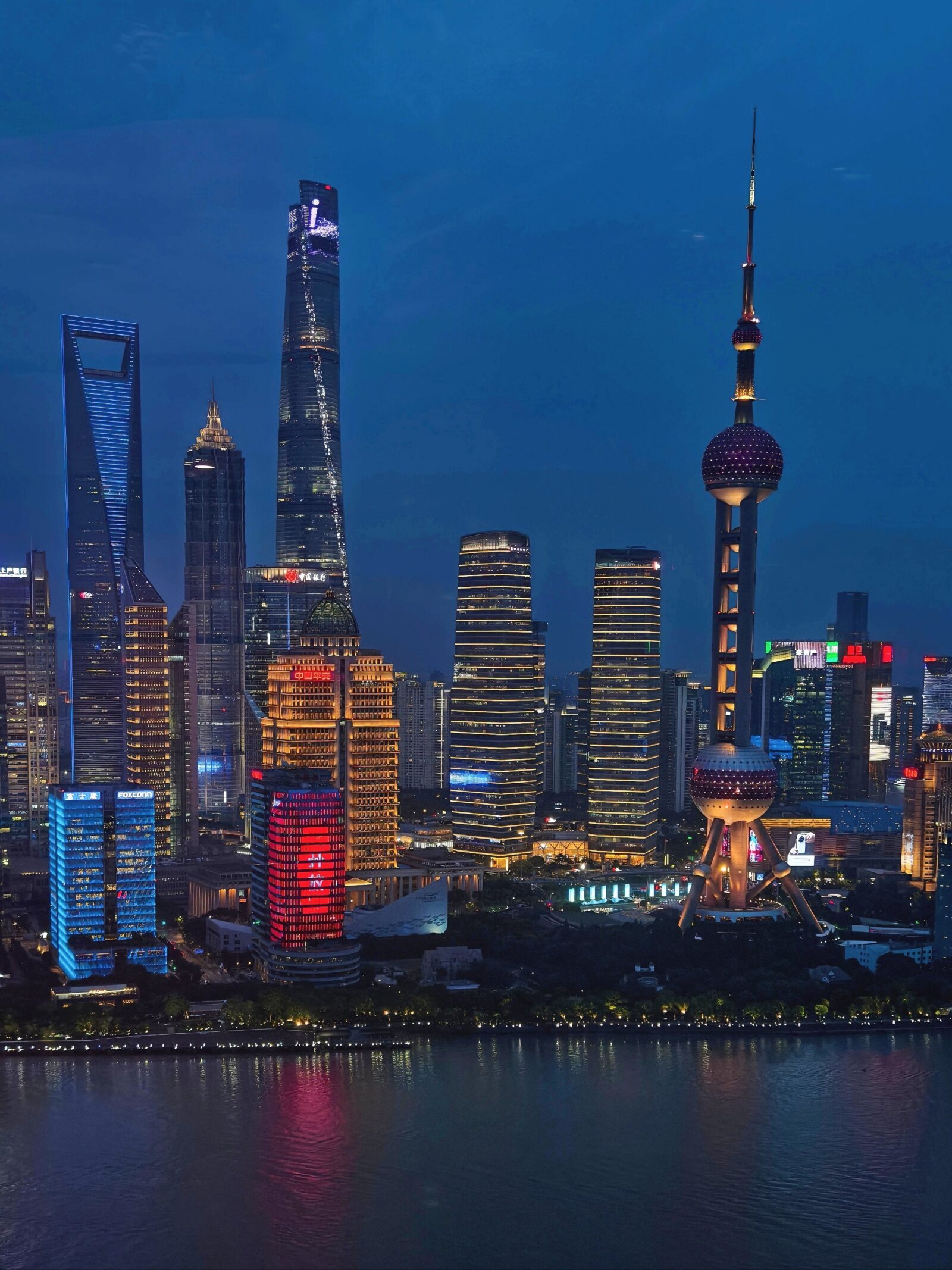
Shanghai skyline at night
Hotpot & Street Night Markets in Shanghai
On Tongbei Road, the air tastes of charcoal. Skewers at ¥5, chili oil that sticks to your jacket. Crowds gather around smoky stalls, chatting loudly while flipping skewers of lamb, chicken wings, or squid. The mix of aromas—garlic, pepper, and cumin—clings to your clothes long after you leave.
In hotpot restaurants, beef slices vanish in bubbling broth before you can count to three. The tables are noisy, with friends laughing as they dunk vegetables, tofu, and mushrooms into chili‑red soup. Steam fogs up the windows, and you often hear clinks of chopsticks fighting for the same slice of meat. The chaos feels part of the experience.
Once, I ordered too much and staff chuckled, reminding me “吃不完浪费.” Embarrassing? Yes. But also memorable, because their smile softened the moment and turned it into a lesson about not wasting food. That small exchange made the meal more than just dinner; it became a story worth retelling.
Rooftop Bars & Skyline Lights in Shanghai
At Flair in Ritz‑Carlton, ¥120 buys you a cocktail and the Pearl Tower almost within reach. Elsewhere, rooftops in Xintiandi pulse with DJ beats past midnight.
Locals say the best hour is right after sunset, when the last glow mixes with neon. Pricey by local standards, but when the skyline throbs around you, it’s hard to argue.
Cafes & Sweet Stops Popular in Shanghai
Shanghai’s coffee game is strong. %Arabica lines one block, while in a hidden shikumen you sip lattes under old brick arches.
In Jing’an, students crowd Seesaw Coffee till late, laptops glowing through the night. For dessert, mango mountains big enough to share or fragile tarts that crumble at touch — Shanghai is not Paris, but it’s just as indulgent.
Fun Things to Do for Families & Day Trips
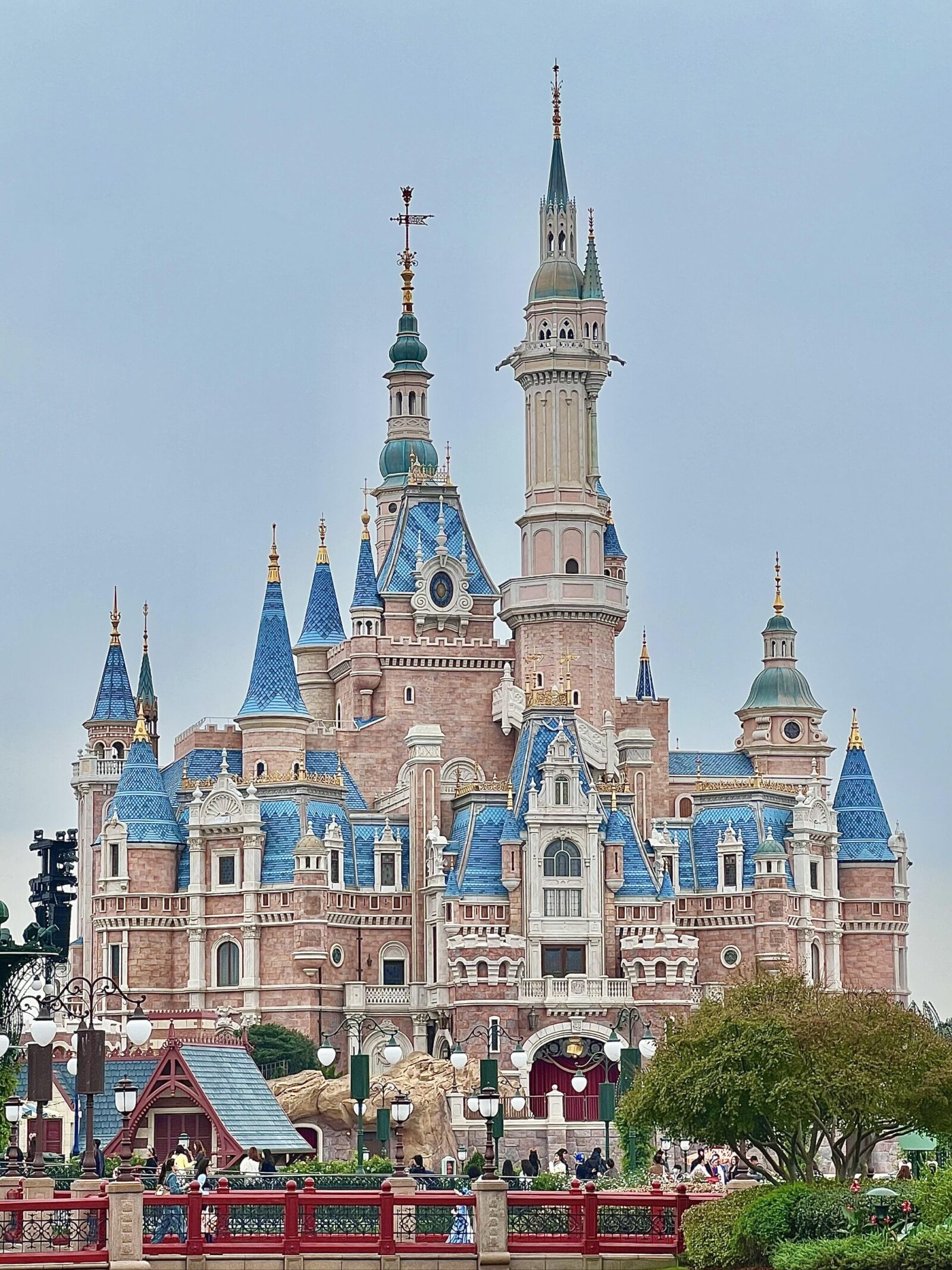
Shanghai Disneyland
Shanghai Disneyland with Kids
Disneyland in Pudong sprawls like its own city. Tickets start at ¥415. Pirates of the Caribbean here outshines expectations, even for skeptics. The Storybook Castle towers above everything else, and you can easily spend hours exploring themed lands from Tomorrowland to Fantasyland, each filled with rides and shows tailored for both kids and adults.
Parades roll through in the afternoon, music loud enough to make kids jump. Characters dance along Main Street while parents wave cameras, hoping to catch the perfect shot. The energy is contagious, and even tired travelers often find themselves singing along with familiar Disney tunes. Weekends? Crowds crush, and queues for popular rides stretch for more than an hour, but weekday visits are calmer and easier to manage.
Still, kids swap Mickey balloons for squid skewers, reminding you this is China after all. Food stalls sell a curious mix: classic churros beside bowls of noodles, popcorn buckets shaped like Disney characters next to spicy grilled corn. That blend of East and West makes the park unique, turning a global brand into something distinctly Shanghainese.
Water Towns Beyond Shanghai
Zhujiajiao isn’t alone. Xitang and Tongli, under two hours by train, feel quieter. Guesthouses at ¥250–350 a night let you wake to water lapping at stone.
Staying overnight gives you lantern reflections on water after tour buses leave. Once, a shop owner in Xitang invited me in for green tea just as rain began — moments brochures never mention.
Museums You Might Miss in Shanghai
Shanghai Museum, free with online booking, holds bronzes worth an entire afternoon.
More niche: the Propaganda Poster Museum (¥25), tucked in a residential basement, its Mao‑era posters hauntingly silent. Visitors often describe it as eerie but fascinating, a side of China rarely shown in guidebooks. Tickets can be reserved via CTrip for convenience.
If unusual things excite you more than tourist clichés, this guide delivers — Unusual Things to Do in Shanghai 2025: From Hidden Umbrellas to Neon Nights
Fun Things to Do with Practical Tips for Shanghai 2025
Getting Around in Shanghai
Metro rides cost ¥3–6, signs are in English. The Maglev whisks you from Pudong Airport in 8 minutes at 430km/h.
After hours? Use Didi, but pin carefully — I once dropped mine two blocks off and paid for the mistake. Locals sometimes suggest metro apps like MetroMan to avoid confusion.
Paying Like a Local in Shanghai
Cash is fading fast. Even fruit vendors stick QR codes on baskets. Foreigners can now link Visa or Mastercard to Alipay or WeChat Pay.
The Alipay Tour Pass allows up to ¥10,000 preload for 90 days. Set it up before queuing or you’ll be fumbling while locals tap and go.
Best Times & Budget Tips for Shanghai
Best months: April–May and Sept–Oct. Summer sticks, winter chills.
Backpackers survive on ¥300–400/day, comfort seekers closer to ¥600–800. Families doing Disney? Think ¥1,200+. Holidays? Crowds so thick you may not even glimpse the Bund’s railings.
Best months: April–May and Sept–Oct. Summer sticks, winter chills. Backpackers survive on ¥300–400/day, comfort seekers closer to ¥600–800. Families doing Disney? Think ¥1,200+. Holidays? Crowds so thick you may not even glimpse the Bund’s railings.
Frequently Asked Questions About Fun Things to Do in Shanghai China
Q: Is two days enough in Shanghai?
A: Two full days give you a glimpse but hardly the whole picture. You can cover the Bund, Yu Garden, and maybe climb one tower for a skyline view. But water towns, quirky museums, and night markets will likely slip away. Travelers often say it feels like sipping soup but never getting to swallow. If you can stretch to three or four days, you’ll breathe more easily and actually feel Shanghai’s rhythm rather than chasing it.
Q: How much cash per day in Shanghai?
A: A frugal backpacker scraping by on street food and hostels can survive on ¥300–400 daily. That covers metro rides, dumpling shops, and the occasional coffee. Mid‑range travelers with hotels in Jing’an or the French Concession often spend ¥700–800, including restaurant dinners. Families or couples adding Disney tickets, rooftop cocktails, or shopping sprees will see bills rise to ¥1,200 or more per day. Budgeting extra for transport during holidays is wise, since taxis and Didi prices can surge.
Q: Can foreigners handle the Shanghai metro & Didi?
A: Yes, and many do. The metro is clean, safe, bilingual, and cheap, with rides from ¥3. Stations are easy to navigate, though crowded at rush hours. Didi works fine once you switch Alipay to English, and drivers rely on map pins more than conversation. Just be precise with your drop‑off point, since a wrong pin can land you two blocks away. Keep the Chinese name of your hotel or destination handy in case you need to show it.
Q: Is it safe to travel alone in Shanghai?
A: Generally safer than many Western capitals. Violent crime is very rare. Pickpockets may target crowded markets or tourist sites, so keep valuables close. Police presence is visible in metro stations, and bag checks are routine. Walking alone late at night from a metro station is usually fine, especially in central districts like Jing’an or Xuhui. Still, common sense matters—avoid deserted alleys after midnight, just as you would elsewhere.
Q: What should I eat in Shanghai?
A: Soup dumplings (xiaolongbao) are Shanghai’s calling card, but there’s more. Autumn brings hairy crab, sold in street stalls and fancy restaurants alike. Red‑braised pork belly appears on menus everywhere. Hotpot chains like Haidilao add fun with noodle‑dance performances. Street snacks range from skewers dripping chili oil to fried rice cakes and endless bubble tea stalls. A rule of thumb: if a place is busy with locals, the food will probably be worth your wait.
Q: Which water town near Shanghai is best?
A: Zhujiajiao is closest and convenient, though crowded. Xitang at night glows with red lanterns and a younger vibe, while Tongli feels quieter and more authentic. Suzhou, just 30 minutes by high‑speed train, adds exquisite UNESCO‑listed gardens plus canals. Your choice depends on whether you want quick convenience, night photography, or deep tradition. Many travelers who try more than one realize they all carry a different personality.
Q: Will language be a problem in Shanghai?
A: Less than expected. Metro and major attractions use English signage. Restaurants in touristy areas often have bilingual menus, though smaller eateries might not. Translation apps work wonders for scanning menus. Taxi drivers rarely speak English, so keeping a printed or digital address in Chinese characters helps. You may face occasional misunderstandings, but locals are generally patient and willing to help, even with gestures.
Q: What souvenirs are worth buying in Shanghai?
A: Shanghai offers both traditional crafts and quirky finds. Silk scarves and high‑quality teas are lightweight, easy to pack, and classic gifts. Paper‑cut art and calligraphy scrolls carry cultural charm. AP Plaza under the Science & Technology Museum is famous for bargain hunters chasing knock‑off sneakers and watches. In Tianzifang, boutique stalls sell handmade jewelry, ceramics, and creative prints. Haggle politely in markets, but expect fixed prices in malls and designer stores.
